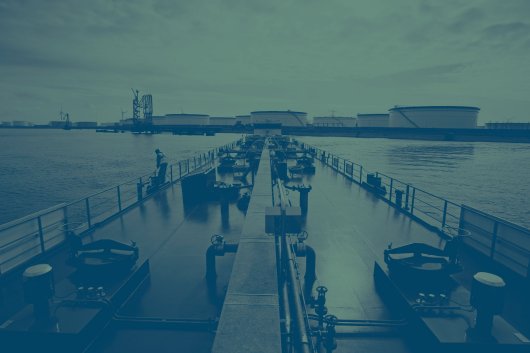German ferry to be retrofitted with dual-fuel engines
Engines will run primarily on LNG as the main fuel, but will have the capacity to switch to conventional fuels if necessary.
Leading solutions and services provider, Wärtsilä, has been awarded a retrofitting contract by the German shipyard, BVT - Brenn - und Verformungstechnik Bremen GmbH.
The project entails converting the m/v Ostfriesland [pictured], a car and passenger ferry owned by Aktien-Gesellschaft "EMS", so that it is able to utilize liquefied natural gas (LNG) as fuel. The vessel sails between Emden and Borkum Island on the Lower Saxon Wadden Sea National Park - an ecologically sensitive UNESCO World Heritage listed area in the southeastern part of the North Sea. The retrofit is aimed at significantly reducing the ship's environmental impact.
The ship will be fitted with two 6-cylinder Wärtsilä 20DF dual-fuel generating sets and a Wärtsilä LNGPac. The dual-fuel engines will run primarily on LNG as the main fuel, but will have the capacity to switch to conventional liquid fuels if necessary.
The LNGPac, innovated and developed by Wärtsilä, comprises onboard liquid natural gas bunkering, storage tanks, and handling equipment with related safety and automation systems. The scope of supply also includes Wärtsilä's patented Cold Recovery System, which utilizes the latent heat of LNG in air conditioning systems, thus reducing the amount of electricity consumed in cooling compressors. Significant operational savings and an increase in overall vessel efficiency are said to be the result.
The Wärtsilä contract was signed in April 2013. The retrofitting is scheduled to be carried out during the second quarter of 2014 and is due to be completed in about seven weeks.
"It is of the utmost importance for us to operate the 'Ostfriesland' in the most ecologically friendly manner possible, with low exhaust emissions, perfect manoeuvrability, and high reliability. Thanks to Wärtsilä's dual-fuel technology with its built-in redundancy, the vessel will be able to operate without restrictions in the SECA and NECA sulphur and nitrogen controlled areas. It was very important for us to select a reliable and experienced partner, especially as we will begin operating gas-electric driven passenger ferries," said Dr. Bernhard Brons, Member of the Board of AG "EMS".
"The owners of this vessel, AG "EMS", take environmental issues very seriously and since this vessel is operating within the ecologically sensitive Wadden Sea, emissions need to be minimised. Our dual-fuel engine technology makes this possible through the use of LNG as fuel. The high efficiency of this technology also lowers fuel consumption and offers extremely good reliability, both of which are important to any ferry operator," commented Aaron Bresnahan, Vice President Sales, Wärtsilä Ship Power.
The project entails converting the m/v Ostfriesland [pictured], a car and passenger ferry owned by Aktien-Gesellschaft "EMS", so that it is able to utilize liquefied natural gas (LNG) as fuel. The vessel sails between Emden and Borkum Island on the Lower Saxon Wadden Sea National Park - an ecologically sensitive UNESCO World Heritage listed area in the southeastern part of the North Sea. The retrofit is aimed at significantly reducing the ship's environmental impact.
The ship will be fitted with two 6-cylinder Wärtsilä 20DF dual-fuel generating sets and a Wärtsilä LNGPac. The dual-fuel engines will run primarily on LNG as the main fuel, but will have the capacity to switch to conventional liquid fuels if necessary.
The LNGPac, innovated and developed by Wärtsilä, comprises onboard liquid natural gas bunkering, storage tanks, and handling equipment with related safety and automation systems. The scope of supply also includes Wärtsilä's patented Cold Recovery System, which utilizes the latent heat of LNG in air conditioning systems, thus reducing the amount of electricity consumed in cooling compressors. Significant operational savings and an increase in overall vessel efficiency are said to be the result.
The Wärtsilä contract was signed in April 2013. The retrofitting is scheduled to be carried out during the second quarter of 2014 and is due to be completed in about seven weeks.
"It is of the utmost importance for us to operate the 'Ostfriesland' in the most ecologically friendly manner possible, with low exhaust emissions, perfect manoeuvrability, and high reliability. Thanks to Wärtsilä's dual-fuel technology with its built-in redundancy, the vessel will be able to operate without restrictions in the SECA and NECA sulphur and nitrogen controlled areas. It was very important for us to select a reliable and experienced partner, especially as we will begin operating gas-electric driven passenger ferries," said Dr. Bernhard Brons, Member of the Board of AG "EMS".
"The owners of this vessel, AG "EMS", take environmental issues very seriously and since this vessel is operating within the ecologically sensitive Wadden Sea, emissions need to be minimised. Our dual-fuel engine technology makes this possible through the use of LNG as fuel. The high efficiency of this technology also lowers fuel consumption and offers extremely good reliability, both of which are important to any ferry operator," commented Aaron Bresnahan, Vice President Sales, Wärtsilä Ship Power.
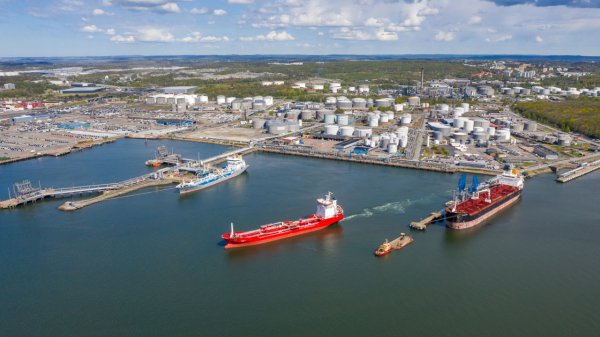
|
Swedish biomethane bunkered in Gothenburg
Test delivery performed by St1 and St1 Biokraft, who aim to become large-scale suppliers. |
|
|
|
||
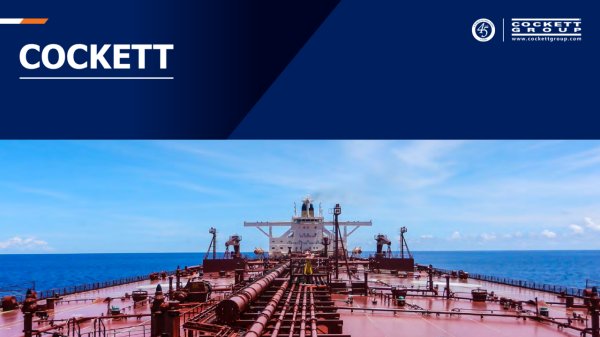
|
Cockett to be closed down after 45 years
End of an era as shareholders make decision based on 'non-core nature' of Cockett's business. |
|
|
|
||
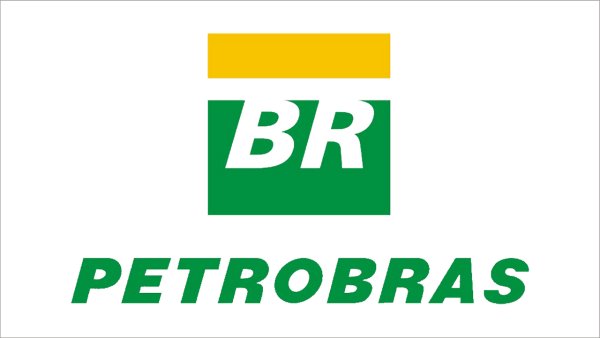
|
Petrobras confirms prompt availability of VLS B24 at Rio Grande
Lead time for barge deliveries currently five days. |
|
|
|
||
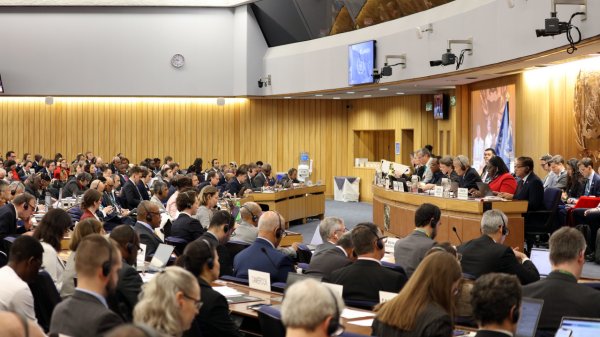
|
IMO approves pricing mechanism based on GHG intensity thresholds
Charges to be levied on ships that do not meet yearly GHG fuel intensity reduction targets. |
|
|
|
||
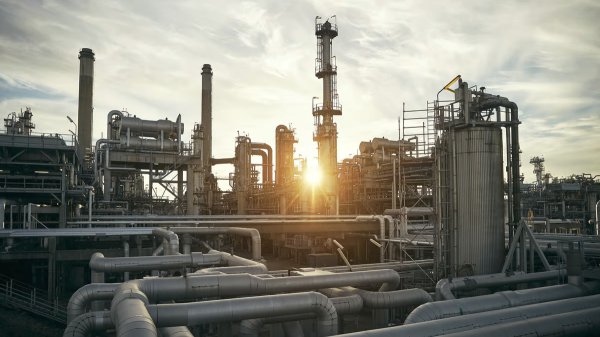
|
VARO Energy expands renewable portfolio with Preem acquisition
All-cash transaction expected to complete in the latter half of 2025. |
|
|
|
||
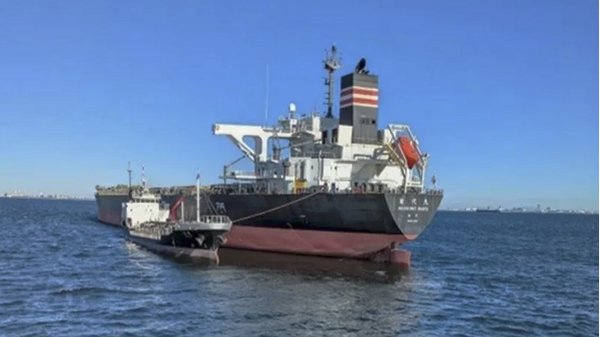
|
NYK trials biofuel in milestone coal carrier test
Vessel is used to test biofuel for domestic utility company. |
|
|
|
||
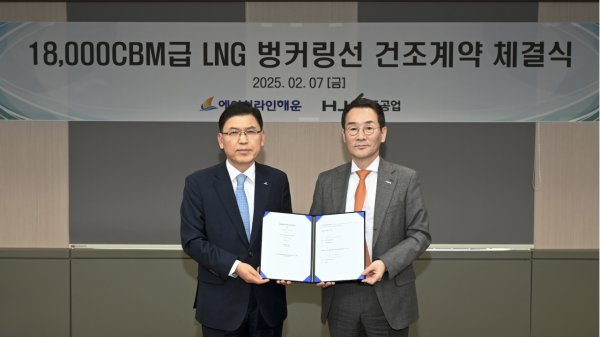
|
H-Line Shipping orders LNG bunkering vessel
Vessel with 18,000-cbm capacity to run on both LNG and MDO. |
|
|
|
||
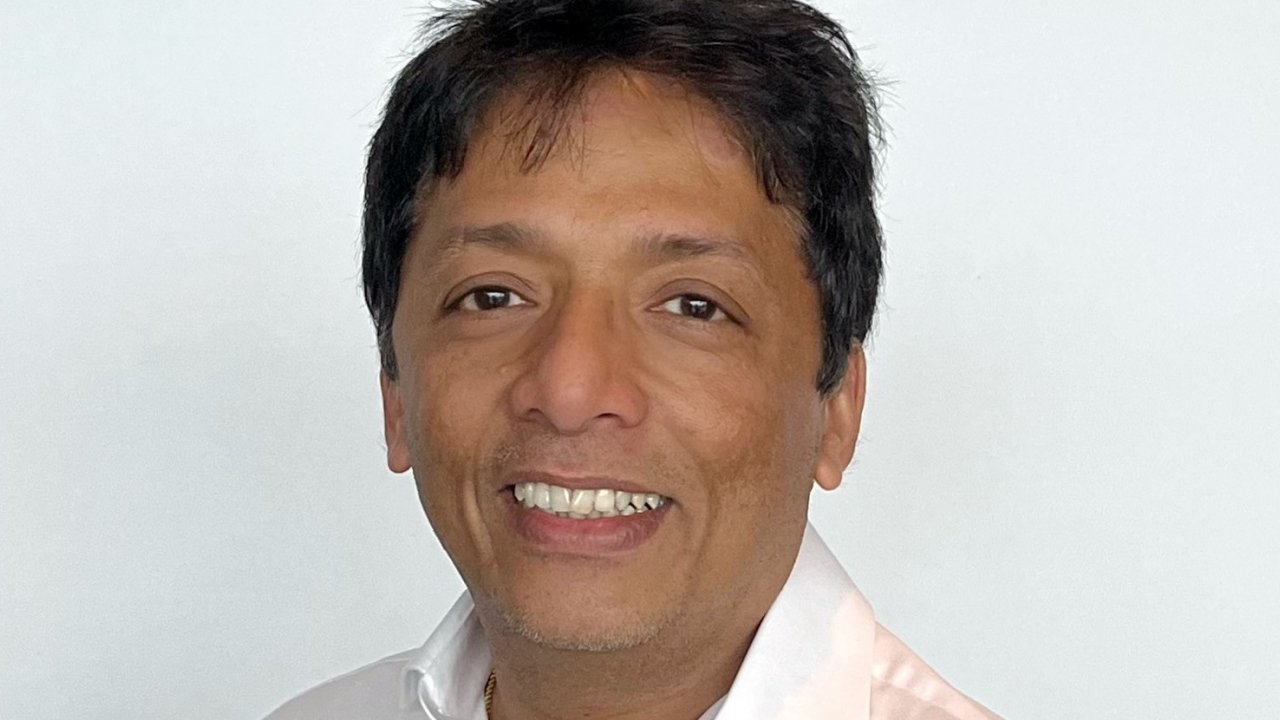
|
How to engineer and manage green shipping fuels | Stanley George, VPS
Effective management strategies and insights for evolving fuel use. |
|
|
|
||
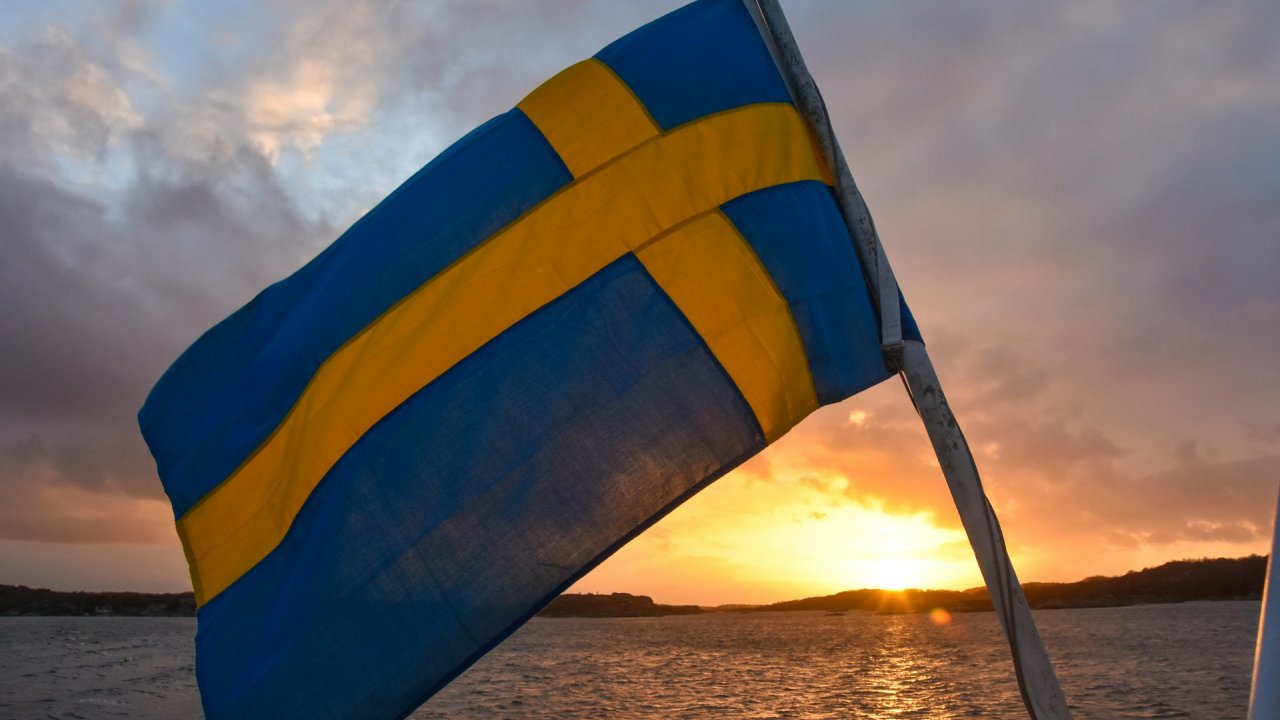
|
Swedish government bans scrubber wastewater discharges
Discharges from open-loop scrubbers to be prohibited in Swedish waters from July 2025. |
|
|
|
||
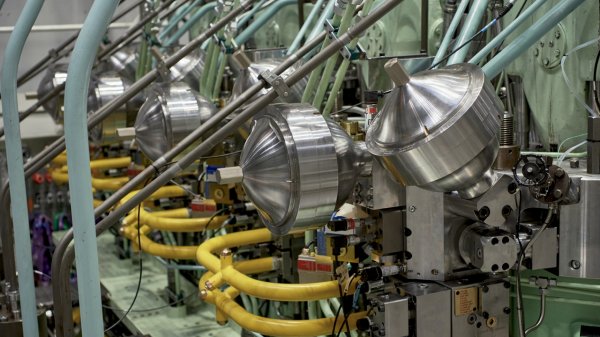
|
MAN Energy Solutions achieves 100% load milestone for ammonia engine
Latest tests validate fuel injection system throughout the entire load curve. |
|
|
|
||
Related Links
- · Wärtsilä engine passes type approval test [Insights]
- · Wärtsilä in deal to provide fuel-saving propulsion solutions [Insights]
- · Exhaust gas cleaning systems for Color Line ferry [Insights]
- · Wärtsilä signs EUR 150 million loan agreement [Insights]
- · X40 engine passes Type Approval test [Insights]
- · Germany [Directory]
- · Finland [Directory]

